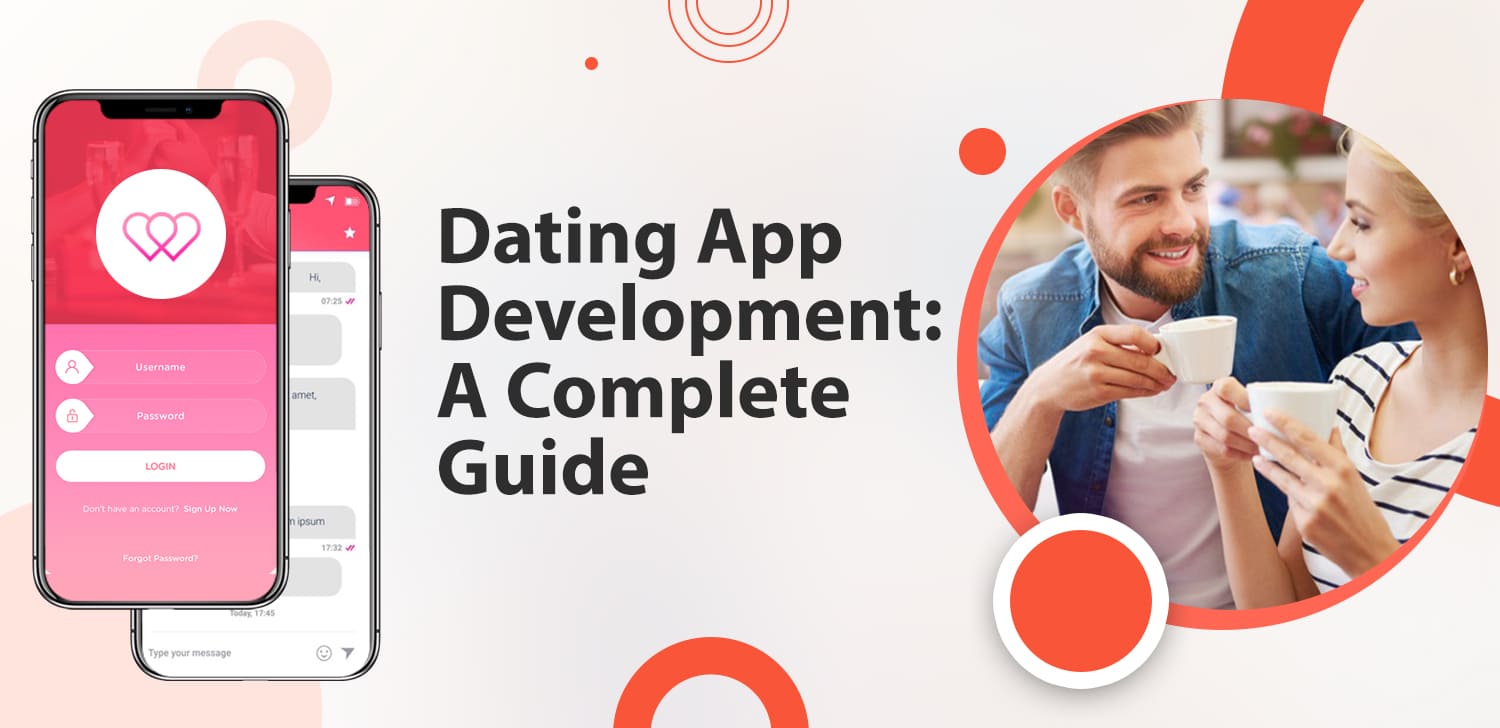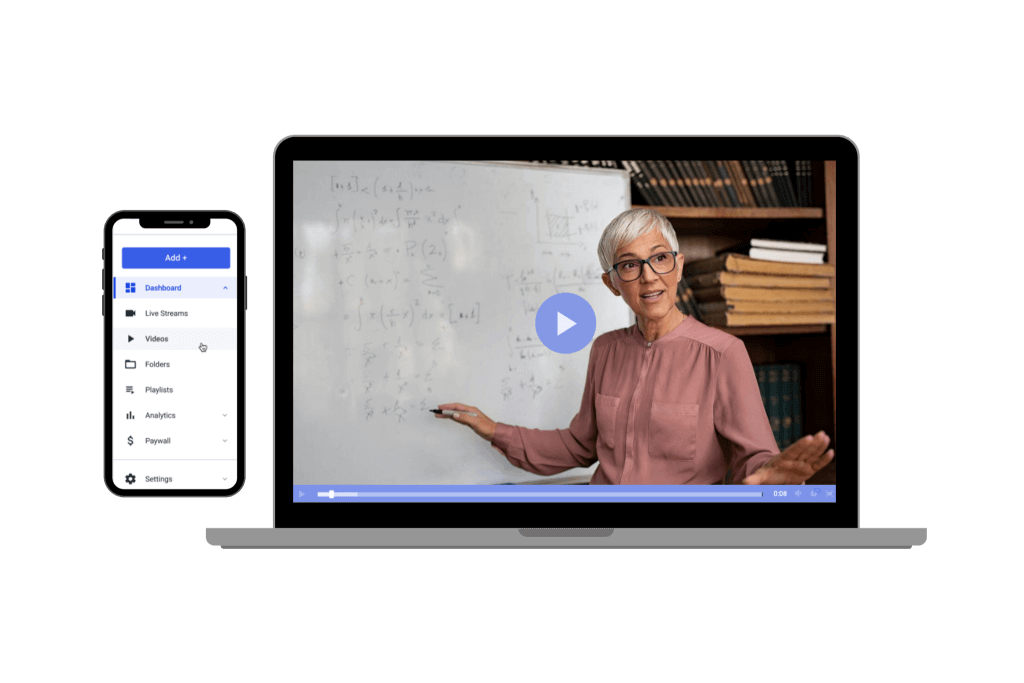In today's rapidly evolving educational landscape, the construction of online education live broadcasting systems has become increasingly essential. The development of web-based live streaming software and mobile applications for online courses has opened up new avenues for enhancing learning experiences and reaching a broader audience. This article delves into the key considerations for designing and implementing such systems, including the importance of user experience, technical architecture planning, and strategies for overcoming common development challenges. Additionally, we explore the operational aspects of running and maintaining live broadcasting systems for online education, highlighting the significance of content management, user support, and feedback mechanisms.
The Importance of Building an Online Education Live Streaming System
Improve teaching effectiveness
In today's digital age, building an online education live streaming system can enhance teaching effectiveness through visual and interactive methods. Students can focus more on learning through live courses and interact with teachers in real-time, promoting the transmission and digestion of knowledge.
Expand the coverage of education
Through online education live streaming systems, educational institutions can cover a wider range of regions and student groups with educational resources, breaking the limitations of time and space, and enabling more people to access high-quality educational resources. This can help improve the accessibility and equity of education.
Key considerations for designing online course live streaming software/app
User Experience Design
User experience design is a crucial factor in designing online course live streaming software/apps. To ensure a simple and user-friendly interface, smooth operation, and diverse interactive features to attract users and enhance their user experience.
Functional Requirements Analysis
When considering the design of online course live streaming software/app, it is necessary to fully analyze user needs, including the functional requirements of teachers and students. For example, teachers may need real-time interaction, screen sharing, online exams, and other functions, while students may need to watch live broadcasts, ask interactive questions, and replay after class.
Technology selection and system architecture planning
Front end technology selection
When choosing front-end technology, cross platform compatibility and user experience should be considered. Common front-end technologies include React, Vue.js, etc. You can choose the most suitable technical framework based on project requirements.
Backend architecture design
When designing backend architecture, it is necessary to consider the stability, scalability, and security of the system. You can choose common backend technologies such as Node.js, Python, etc., and adopt a distributed architecture to support large-scale user simultaneous online situations.
Common challenges and solutions in the development process
Network stability and latency issues
During the development process, network stability and latency issues are common challenges. System stability and latency can be improved by optimizing network transmission protocols, adding server nodes, and other methods.
Security and Data Protection
Security and data protection are key issues that need to be focused on during the development process. User data security can be protected through encrypted transmission, permission management, data backup, and other methods to ensure the security and stability of the system.

Operation and maintenance strategy of live streaming system
Content Update and Management
Keeping your online education live streaming system fresh is like watering a plant – neglect it, and it withers away. Regularly update your content to keep your audience engaged and coming back for more. Think of it like a never-ending Netflix series – nobody likes stale reruns!
User support and feedback processing
Dealing with users can sometimes feel like herding cats – everyone has an opinion, and they're not shy about sharing it. Listen to feedback, respond promptly, and show your users some love. A happy user is a loyal user, and a loyal user is worth more than a pot of gold at the end of a rainbow.In conclusion, the establishment of robust online education live broadcasting systems and the development of efficient web-based software and mobile applications are pivotal in revolutionizing the way we teach and learn. By embracing technological advancements and adhering to best practices in system design, operation, and maintenance, educational institutions and content creators can unlock new possibilities for delivering engaging and effective online learning experiences. Stay proactive, stay innovative, and continue to leverage the power of live broadcasting technology to shape the future of education.
FAQ
Q: What are the benefits of using live broadcasting systems in online education?
A: Live broadcasting systems enhance teaching effectiveness, expand educational reach, and promote interactive learning experiences for students, fostering a more engaging and dynamic educational environment.
Q: What are some common challenges faced during the development of online education live broadcasting systems?
A: Common challenges include ensuring network stability and minimizing latency issues, addressing security concerns and data protection, and overcoming technical hurdles related to live streaming technology integration.
Q: How can educational institutions effectively manage and maintain their online education live broadcasting systems?
A: Educational institutions can maintain their systems by implementing sound content management practices, providing robust user support services, actively soliciting and incorporating user feedback, and staying informed about the latest trends and technologies in online education and live broadcasting.






